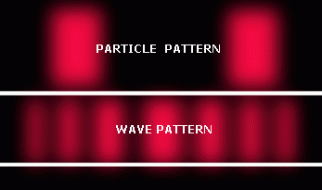Part two: Getting an apartment
So you?ve moved to Copenhagen (or you?re about to!) and you read my last post, so you know that you need an apartment before you can get set up for absolutely anything else (health care, bank account, nemID, etc.). Here?s what I learned?
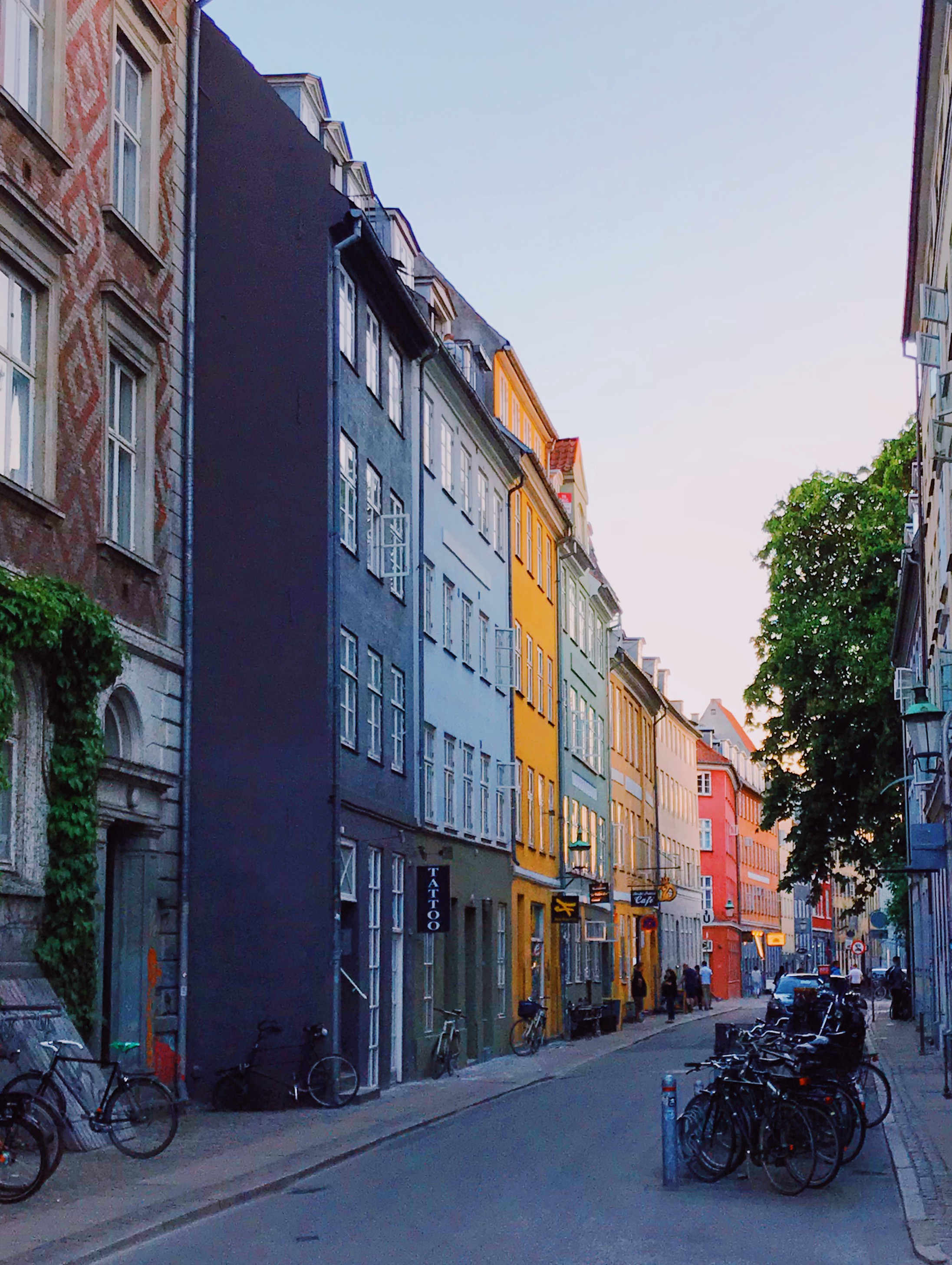 The beautiful colored buildings of Copenhagen
The beautiful colored buildings of Copenhagen
First, Set your expectations.It took us over 3 weeks to get an apartment in Copenhagen, and I was working on it every single day. We had to move between two different Airbnb?s because it kept taking longer than we thought. We have both a dog and a cat, and it was the middle of winter so it wasn?t much fun to trek around the city. Hopefully for you it will be faster!
In terms of what?s available here? Many Danish bathrooms are very small, to the point where you have to shower over your toilet (ew). And most do not have bathtubs. Pets make it extra-difficult to find a place. Many buildings are walk-ups (we are on the 4th floor with no elevator). However, there is plenty of hardwood and natural light and Danish modern design sensibility YAY!
Invest in the apps.Almost every apartment rental site costs money. Try a few (Boligsurf and Boligportal are decent) and pay for trial subscriptions, but put a note in your calendar to cancel the subscriptions when they are about to auto renew because they are not cheap. DBA is the equivalent of Craigslist and can have some good options, especially if you are willing to do a short term rental and then find a full-time spot later. However, it?s important to have a permanent address in order to get your CPR number, which is your key to everything else (see my last post).
Prepare for the competition.Competition can be fierce in Copenhagen. Come ready to see apartments with your proof of residency/income/employment, passports, and willingness to pay, just like you would in NYC, SF, or DC. Some places require you to fill out an application, others don?t. Bottom line, if you love it, don?t hesitate. On the flip side, the Danes have a more? relaxed pace, especially now during the summer months, so getting a showing can take time. Keep pushing if you have a good feeling about a place!
A note on agents.If you see an apartment that you kind of like, but it?s already gone, or not quite right, ask the person showing it what else they have on the market. Use them as a filter for similar quality apartments. But, keep in mind that buildings rented out by agents are also more expensive because they get a cut.
Be ready to shell out.In Copenhagen it is standard to pay an extra 3 months of rent on top of your 1st month?s rent as a damage deposit. Some places also charge 2?3 months on top of that as a deposit for the last few months rent. So, you are likely to pay between 4?7 months rent on day one. For a 1 bedroom 15.000dk apartment, that could add up to as much as 105.000dk, or $16,500 USD. As I mentioned in the last post, paying your first payment can be tricky without a local bank account, which first requires you to have a local address (so bizzare). I found Transferwise to be pretty useful for those first few overseas payments.
New vs. old?In Copenhagen, deciding between new vs. old is not the difference between modern luxuries and convenience, or personality and affordability. Some of the new construction buildings we saw had few luxuries, were located on the fringes of town (pretty inconvenient), but were more affordable, while some of the older buildings we saw had no character, or a few modern luxuries and conveniences, but at a much higher price. In other words, don?t be fooled by the age of the building!
The Neighborhoods
In Copenhagen, a 15min bike ride is considered far. The city is really not that big, but I?d recommend choosing just a few neighborhoods that are close to where you want to spend your time, especially for when the weather gets uglier. You can find both expensive and affordable apartments in each neighborhood, though as a general rule it?s more expensive the closer to the center you are. When you start searching, you will see Kbenhaven S, V, SV, N, O, K, etc. These refer to the areas of the town, but not the neighborhoods?
I have not even included Vanlsem Brnshj-Husum, or Bispebjerg, because I?m assuming that if you?re moving to Copenhagen for a short time, you?d rather be in the middle of things.
K CENTER/CENTRUM
Centrum AKA Indre By: Can be a bit more expensive, not good for dogs, full of tourists, but super convenient to get anywhere. Good shopping, restaurants, scenic canals, museums?
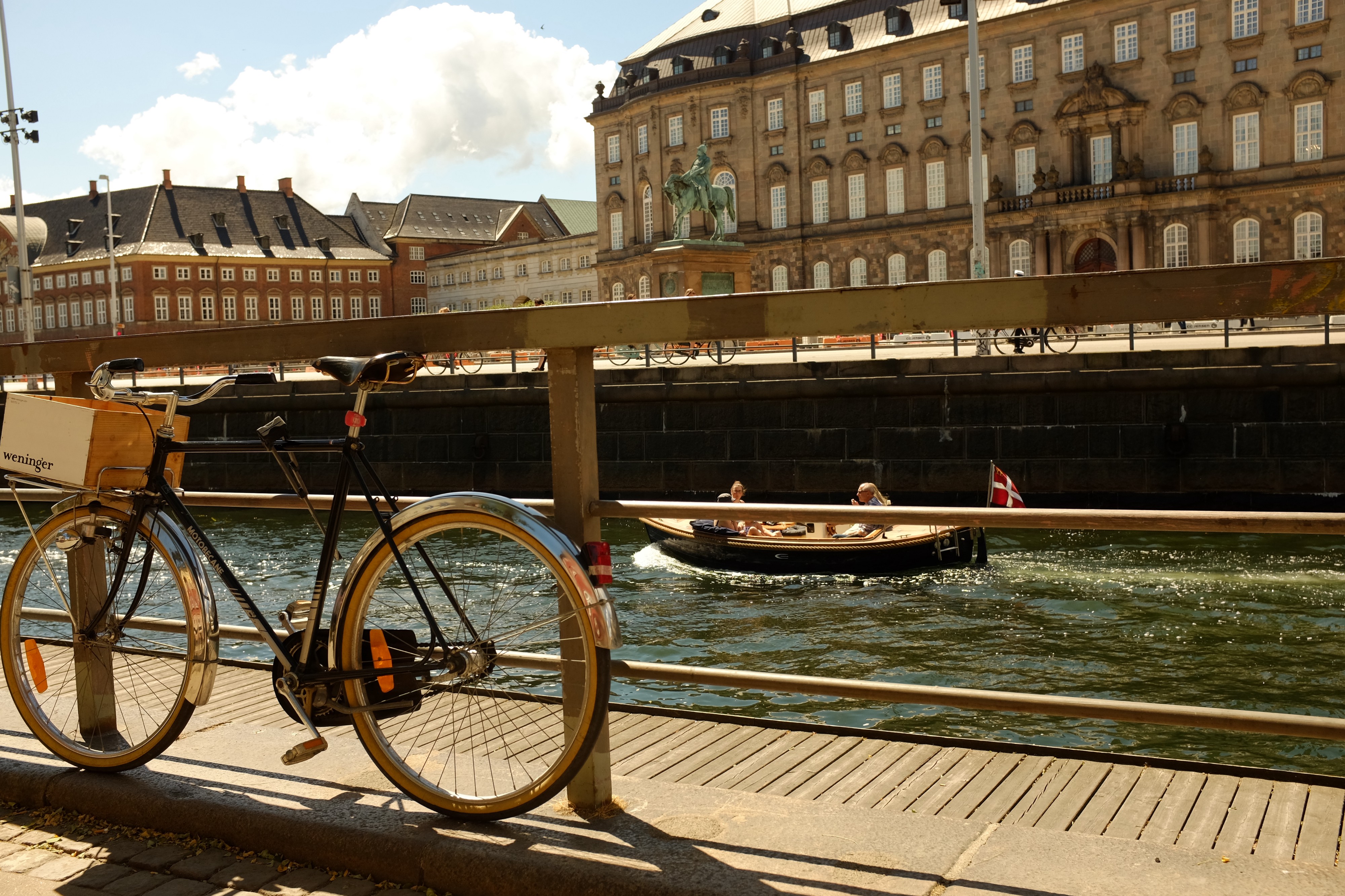 The view from Vinhanen wine bar in the center
The view from Vinhanen wine bar in the center
VWEST/VEST
Valby: Families and more affordable housing over one big hill from the center. You can even get a whole house out there, I hear! The neighborhood of Carlsberg Byen, right on the edge of Frederiksberg is in heavy construction, and may be a cool area to check out in the next year or two.
Vesterbro and Kdbyen (meat packing): Can be loud, but also super hip and fun. Home to many cafes and bars and boutique shops. I found it hard to find apartments here.
N NORTH/NORD
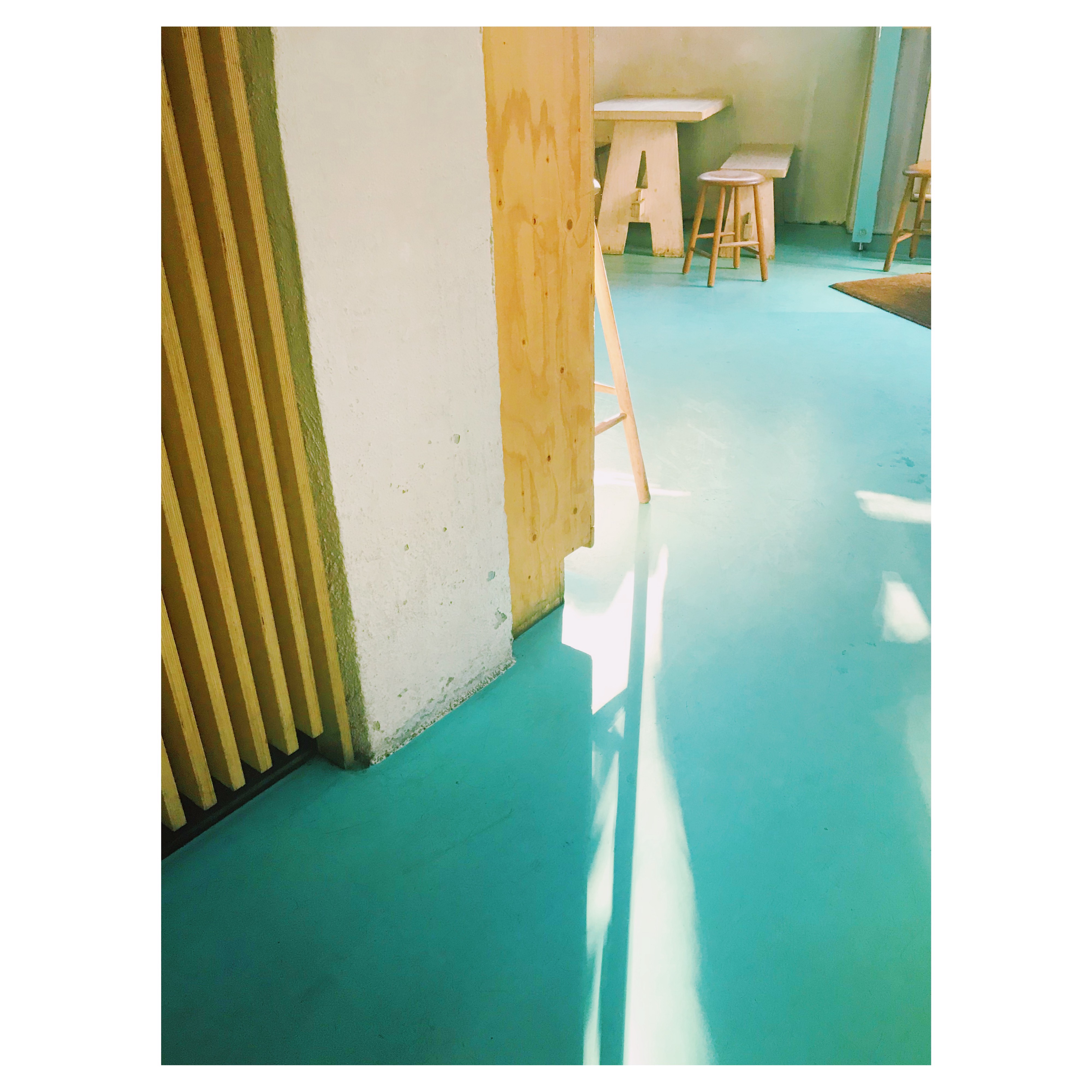 Mikkeller Bar in Nrrebro
Mikkeller Bar in Nrrebro
Nrrebro: One of the most-multicultural neighborhoods in Copenhagen. A bit more crime, but also a lot of amazing culture ? food, art, shops, etc. We spend a lot of time here.
EAST/ST
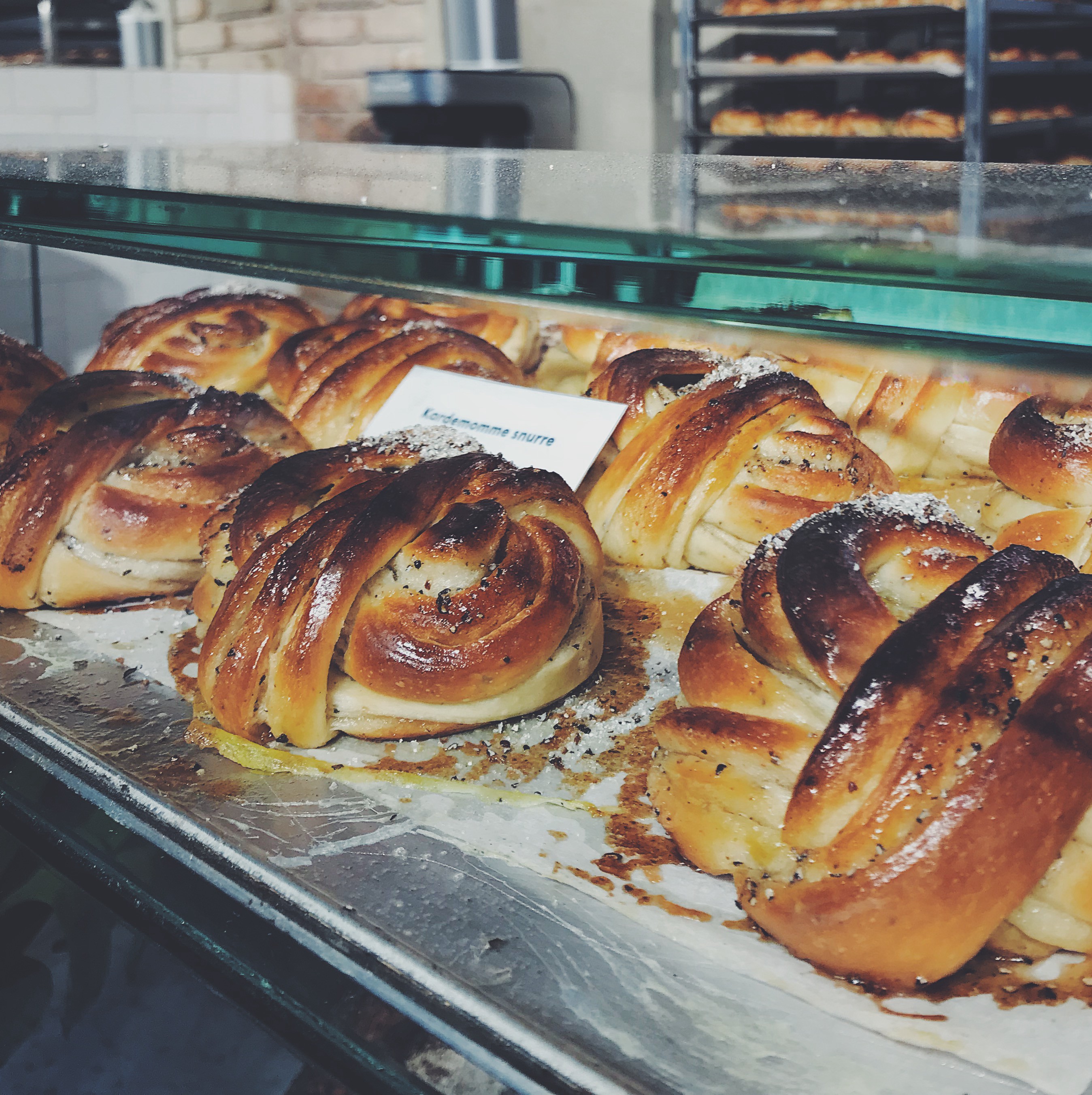 The Cardamom Boller at Juno bakery are worth the wait
The Cardamom Boller at Juno bakery are worth the wait
sterbro: Quiet and family-friendly with lots of beautiful old character buildings. Close to ?the lakes? (not what I think of as lakes, but beautiful for jogging and strolling) and the best bakery in town. All my friends live here.
Nordhavn: lots of newer construction buildings, right on the ocean! I hear the swimming is great.
SSOUTH/SYD
Islands Brygge: Copenhagen charm, if you want to live right on the water. But keep in mind that everyone else also wants to be right on the water all summer.
Amagerbro: A bit more crime here, but affordable and interesting. A short train or bikeride to the center.
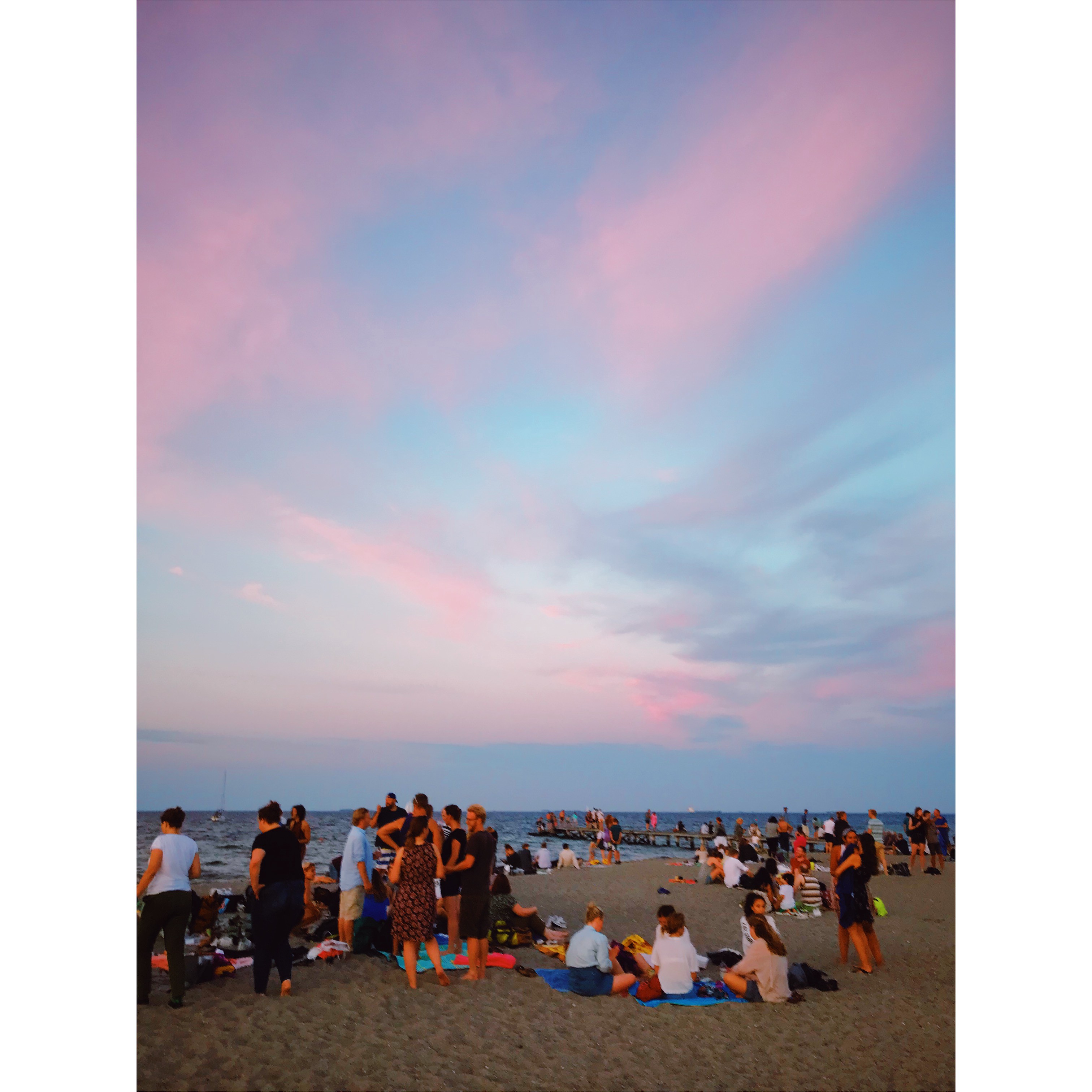 Amager (pronounced ama) Strand (beach)
Amager (pronounced ama) Strand (beach)
Amager: Further out from the center, but closer to the beach, and the airport. Some areas feel pretty soul-less to me with back-to-back office buildings. But, I?m sure there are some awesome affordable apartment gems out here, and a whole lot of nature.
Christianshavn: Home to many houseboats, and also the famous Freetown Christiania. The neighborhood is just across from the center, and close to NOMA, you know, just in case. For cheaper eats, there?s also the new food hall at Reffen nearby.
Sydhavnen: Here there are A LOT of newer buildings that you can get into quickly, which are not too expensive. But, it feels a bit separated from the city by the railroad tracks, and much of this area is still being developed. Pro: it?s also right on the water.
And finally,
 Frederiksberg Have (garden)
Frederiksberg Have (garden)
FREDERIKSBERGFrederiksberg is an island (figuratively, not literally) in the middle of Copenhagen. Even though it?s quite central, it?s a completely different byen, or city, which means different regulations, street signs, taxes, etc. It?s quiet and convenient, with lots of old character buildings, boutique shops and a gorgeous park. We love it.
BONUS: How to find an apartment anywhere?
My 5 step process to find the best apartments in any city
Start with what you need (and what you want).Whenever my husband and I move to a new place, we spend an hour or so writing up post-its with everything we?d like to have in our new apartment. Usually it?s based on learnings of what we liked or didn?t like in the last place. Once we?ve written everything that we can imagine (it?s light and bright, there?s outdoor space, a bathtub!), we?ll rank them by importance to our quality of life, debating back and forth until we both feel satisfied that this vision of an apartment is representative of our needs, and then our wants. This way, if only one of us is available during househunting, then we also have a good guide to make decisions with.
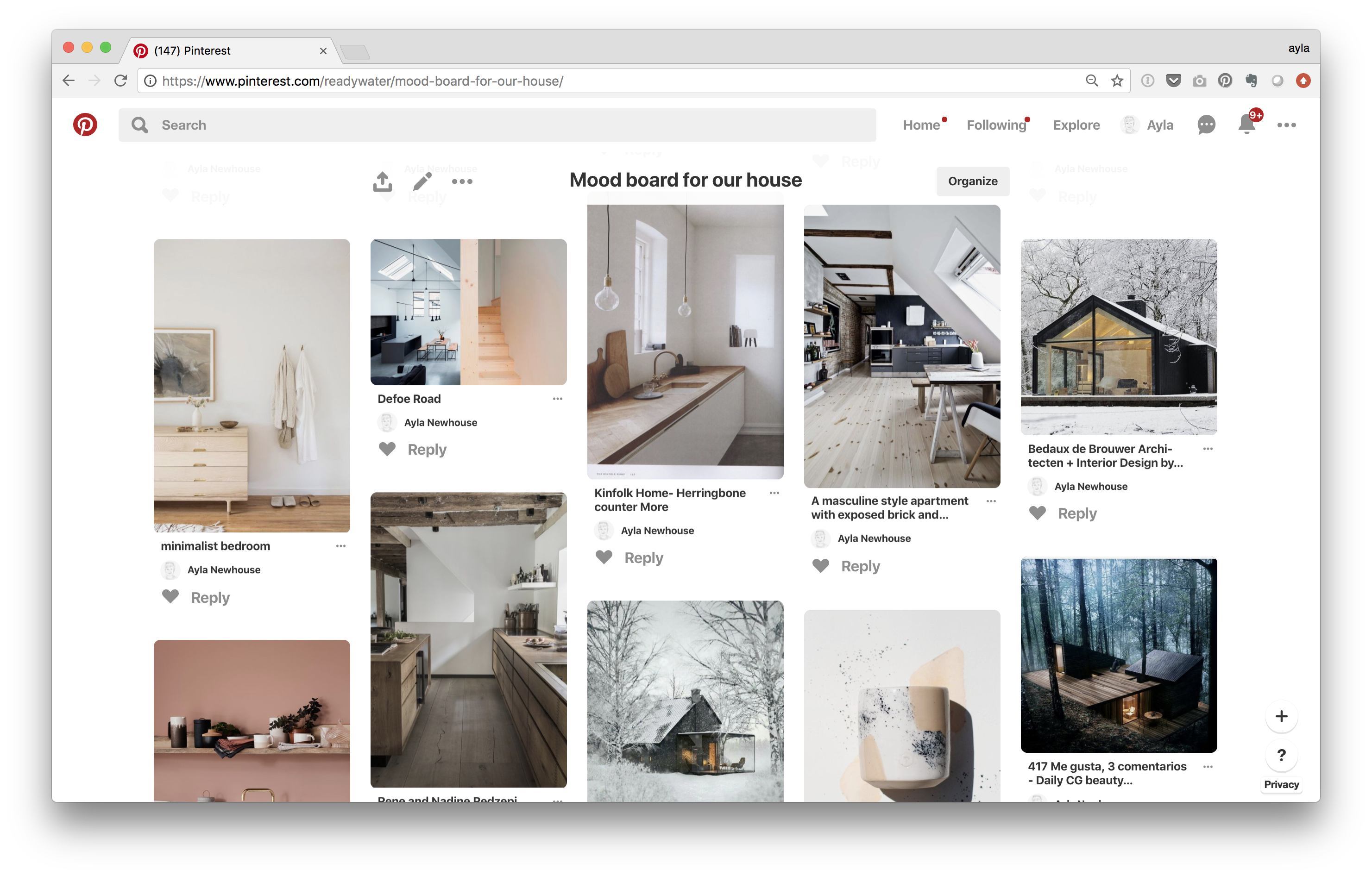 Andrew and I get aligned on our future apartments with a shared Pinterest board
Andrew and I get aligned on our future apartments with a shared Pinterest board
Know your budget.Choosing an apartment can be a very emotional process, so having an anchor to return to helps when it?s time for serious decision-making. I like to start with a ?spending plan? for how much I think I?ll make and spend in my new city/neighborhood, then determine the high and low end of our rental budget, and clarifying what we would be giving up if you went with the high end. Don?t forget to factor in all the moving costs before, during, and after the move, like movers, new furniture, and damage deposits.
Visualize your ideal.Since I?m a visual person and a designer, I also often make a moodboard of what I want the space to look and feel like. It helps me check whether I?ve found the right place, or just a ?good enough? place. My husband and I have been building this Moodboard for our House for the last 5 or 6 years, and I think it?s helped us understand each other?s sense of style.
Start early.Before I arrive in a new place, I get on all the local apps and start evaluating the market to find out what?s available, what would be a realistic price range, and how the neighborhoods compare ? Airbnb neighborhoods and people who have recently moved to the city can be a good gut check. Many people told us to start trying to rent an apartment before we arrived in Copenhagen, but I think that?s bad advice, because it doesn?t allow you to?
?trust your gut.Now that I know what I can afford, where I?d like to be, and what?s most important to me, it?s time to let my intuition do the work. If it feels too good to be true, or I have a sneaking suspicion that there?s something off, I try to listen to that warning. After all, this is the place we?ll call home.
Next up: Weird Danish Stuff

